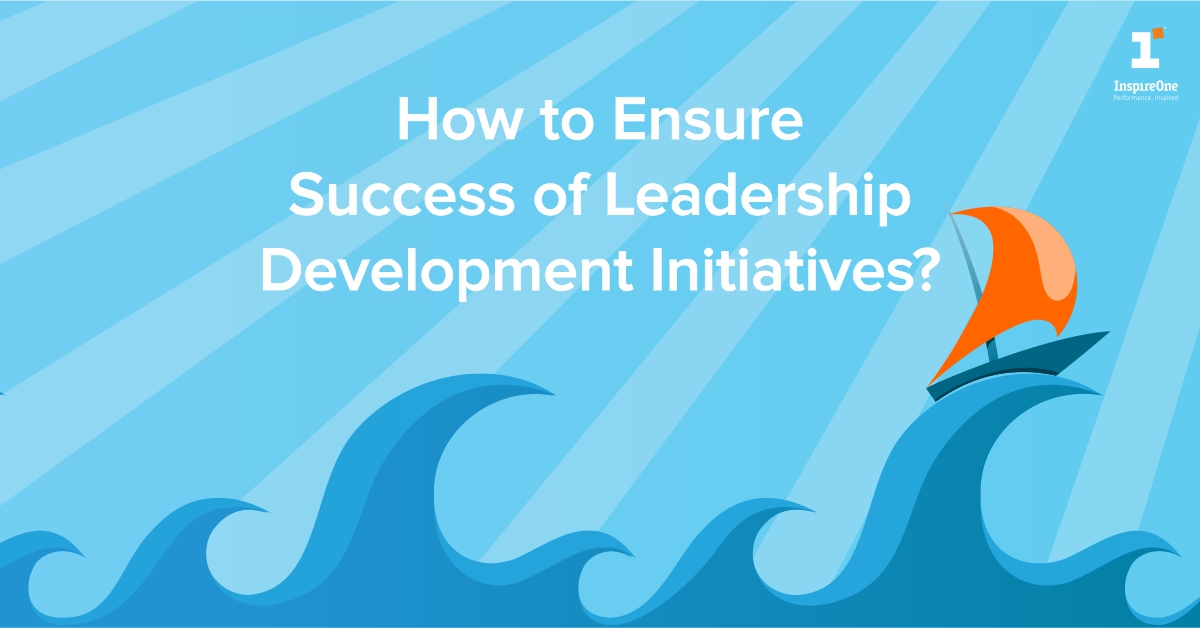“Survival of the fittest is not the same as survival of the best. Leaving leadership development up to chance is foolish”
– Morgan McCall, Professor Emeritus at USC Marshall School of Business
Leadership development over the last decade has been gaining mindshare of the senior management. It is quickly moving from the realm of desirable to essential. As Morgan McCall puts it, organizations are no longer focusing on the survival of the fittest, but rather survival of the best.
For instance, a recent survey conducted by borderless research found that 43% of executives surveyed felt that leadership development was the main driver for ensuring business results.
However, the same survey also found that 44% of the executives also characterized leadership development in their organization as poor, and 54% describe it as ineffective. This basically implies that although there is a high level of consensus on the importance and impact of leadership development, their application is poor.
These results are not limited to this one survey either. A recent survey conducted by McKinsey found that only 7% of CEOs were convinced that their organizations are building effective and global leaders, while 10% believed that their leadership development initiatives had a clear business impact.
Findings like these only make us wonder how an initiative that is considered so important, can also be yielding such poor results. Could this be because organizations still view leadership development as a ‘nice to have’ initiative rather than a strategic initiative? Is it because individuals are lacking the mindset required to develop? Is it an issue of implementation? Or is it a combination of all of the above?
One thing that is definitely known is that there is no one silver bullet that can single handedly create a successful leadership development program. There are several smaller steps that need to be taken, various areas that need focus in order to ensure success in this initiative. McKinsey (2017) surveyed several organizations, identifying the factors that have contributed to successful leadership development initiatives. The 40 actions that were identified were grouped into the following 4 areas:
Focus on shifts that matter
Organisations need to be able to translate their strategic goals, and imperatives into specific growth priorities for their leaders. Research has found that any initiative that is contextualized and customised to an organization context and culture tends to be 8 times more likely to focus on those leadership behaviors that critically drive their business performance.
Create an organization-wide journey
Organisations can no longer look at one-off training events that are focused on specific pockets of the organization. There is a need now to look at organization-wide initiatives, based on common themes that ensure lasting change. Though it may seem like a challenge, technology can enable flexible, faster and large-scale learning from digital platforms.
Design for the transfer of learning
Another focus area essential for journeys today is that organizations need to plan for more than simple input (learning interventions), to looking at the output is being embedded into the rule-set of the readers (integrated journey). Ensuring the applications of learning over an extended period of time also ensures sustainability of learning.
Embedding change
Successful leadership development programs also need an organization to have adaptive systems, processes, and culture that support the change. One of the best ways to do this is to involve senior leaders as members or project sponsors or coaches, reinforcing the change initiative.
If an organization provides significant attention to these four areas while designing as well as implementing its leadership development initiatives, the chances of success and business impact of the initiatives also multiply.
Case example
One of our clients, a large manufacturing conglomerate, was looking to enhance its leadership capabilities of its critical leaders, spread across functions. The primary focus was on strategic orientation and inspirational leadership. Let’s understand the approach we took for this client through the identified 4 key areas:
Finding out the shift that is required/contextualizing:
In order to identify the areas that truly mattered for the clients, we needed to find the pain that was strategic in nature. For this, discussions were held with the senior leadership team to best define the ideal state, as well as identify the behaviors that would play a key role in it.
Creating a journey:
Based on the shift identified, Group coaching sessions were designed and developed to support the masterclasses.
Transfer of learning for business impact:
Along with the journey, several action learning projects were designed for each identified leader, where they would implement everything they learned. The benefit of this approach was that it allowed transfer of learning for each leader.
As an output of the journey, more than 50% of the participants showed a substantial improvement in the key areas that were identified.
Embedding change by involving leaders of the target audience:
One aspect that needs to be highlighted in this example, as well as in any successful leadership development initiative is the need for the significant amount of effort not only from the critical leaders but also from the senior management. Creating and implementing an organization-wide journey requires a lot of coordination and cooperation from all parts of the organization.
Hope you enjoyed the blog. For more of such articles on Leadership, Employee Engagement, Organizational change etc. be sure to subscribe to the blog using the form below –
[wpforms id=”2488″]







